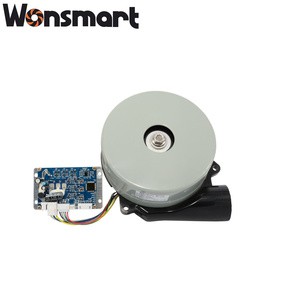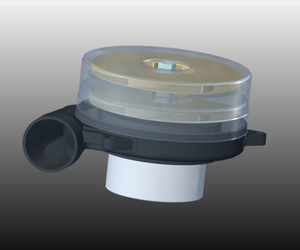すべてのカテゴリー
注文保護
バイヤーセントラル
さあ始めましょう
アプリをダウンロード
(6398 種類の商品が利用可能)











































歩道に積まれた紅葉の古典的な光景は、映画ではロマンチックかもしれませんが、現実の生活では面倒です。卸売りの 中型ブロワー を提供して、以前よりも疲れを軽減し、さまざまなタイプを利用できます。
中型ブロワー の品揃えバックパックリーフブロワーからガスリーフブロワーまで、さまざまな形態があります。それぞれのタイプには長所と短所があり、さまざまなニーズに対応します。
電気式ブロワーは、ガス式リーフブロワーよりも軽量で静かです。電気リーフブロワーで行う最初の決定は、コード付きにするかコードレスにするかです。コードレスブロワーは、より優れた機動性を可能にし、より長く動作するバリエーションがあります。電池式のリーフブロワーでは、充電の必要性は避けられません。より広いスペースで使用する場合、これは一部の障害になる可能性があります。このカテゴリの製品の多くはハンドヘルドですが、バックパックブロワーも利用できます。
コード付きリーフブロワーは、バッテリーの余分な重量を取り除くため、充電の必要がありません。一方、ユーザーは電源の形式を必要とし、コードの長さがアクセシビリティを制限する可能性があります。
面積が小さい場合、または家のすぐ近くの場合は、コード付きリーフブロワーで十分かもしれません。ただし、公共および大規模な商業スペースでは、バッテリーリーフブロワーの方が適している場合があります。